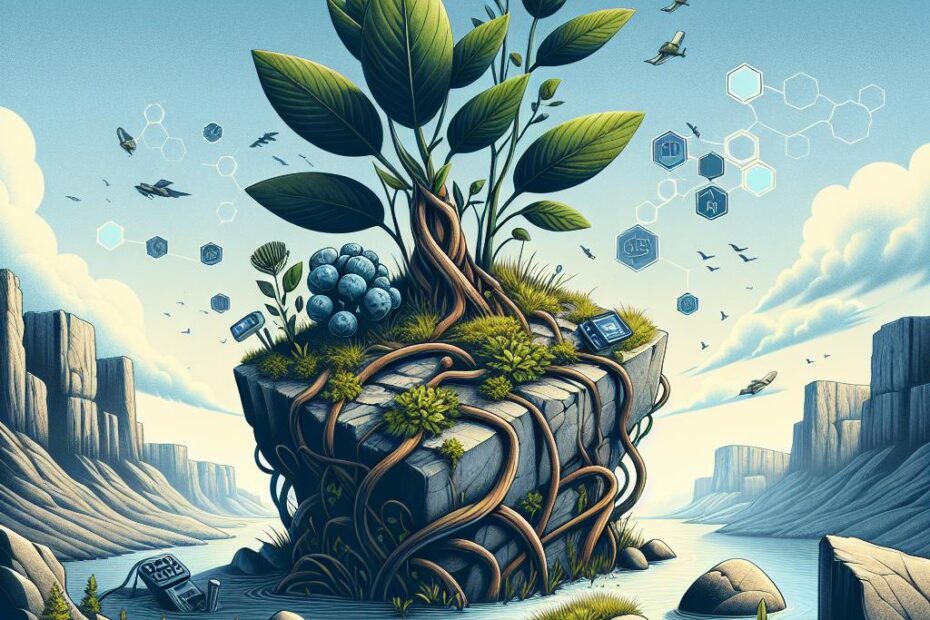Plants Growing on Rocks: Nature’s Resilient Beauties
Introduction
In nature, plants have the amazing ability to adapt and thrive in various environments, even in the most challenging conditions. One such fascinating phenomenon is the growth of plants on rocks. From mosses and lichens to ferns and flowering plants, these resilient beauties have found a way to flourish on seemingly barren surfaces. In this article, we will explore the intriguing world of plants growing on rocks, their benefits, practical tips for cultivating them, and some captivating case studies showcasing their beauty in action.
Benefits and Practical Tips
Plants growing on rocks offer several benefits to the ecosystem and to us as well. Here are some of the advantages of these unique plants:
-
Erosion Control: By anchoring themselves to rocks, plants help prevent soil erosion in rocky landscapes, preserving the environment and maintaining the ecological balance.
-
Biodiversity: Rocks provide a diverse range of microhabitats for plants to colonize, leading to increased biodiversity in these harsh environments.
-
Aesthetics: Plants growing on rocks can add a touch of natural beauty to any landscape, creating visually stunning displays in gardens, parks, and natural spaces.
To successfully cultivate plants on rocks, consider the following practical tips:
-
Choose the right plants: Opt for species that are well-suited to rocky environments, such as sedums, saxifrages, and sempervivums.
-
Provide proper drainage: Rocks can aid in drainage, but ensure that excess water can still escape to prevent waterlogged soil.
-
Ensure adequate sunlight: Most rock-dwelling plants prefer full sunlight, so position them in sunny spots for optimal growth.
-
Monitor moisture levels: While rocks can help retain moisture, check regularly to ensure plants are not drying out or becoming waterlogged.
Case Studies
Let’s take a look at some inspiring case studies of plants growing on rocks around the world:
-
The Hanging Gardens of Babylon: One of the Seven Wonders of the Ancient World, the Hanging Gardens were said to be a lush oasis of greenery built on terraces of limestone rocks in Babylon, Mesopotamia.
-
The Rock Gardens of Japan: Known as “Sekitei,” these traditional Japanese gardens feature carefully arranged rocks and plants, creating serene and harmonious landscapes.
-
The Flowering Rock Cress of Iceland: In the volcanic landscapes of Iceland, the vibrant purple flowers of the rock cress plant add a splash of color to the barren rocky terrain.
Firsthand Experience
As a botany enthusiast, I have had the pleasure of observing plants growing on rocks in various environments. One particular experience that stands out is a hiking trip to a mountainous region where I came across a cliffside covered in colorful mosses, ferns, and wildflowers. The sight of these resilient plants clinging to the rugged rocks was truly awe-inspiring, showcasing the power of nature to thrive in even the harshest conditions.
Conclusion
Plants growing on rocks are a testament to nature’s ingenuity and resilience. These remarkable organisms not only beautify the environment but also play a crucial role in ecosystem health and biodiversity. By understanding the benefits of plants on rocks, implementing practical tips for cultivation, exploring captivating case studies, and enjoying firsthand experiences in nature, we can appreciate the remarkable beauty and importance of these incredible plants in our world. Let us continue to marvel at the wonders of nature’s creations and strive to protect and preserve them for future generations to enjoy.
